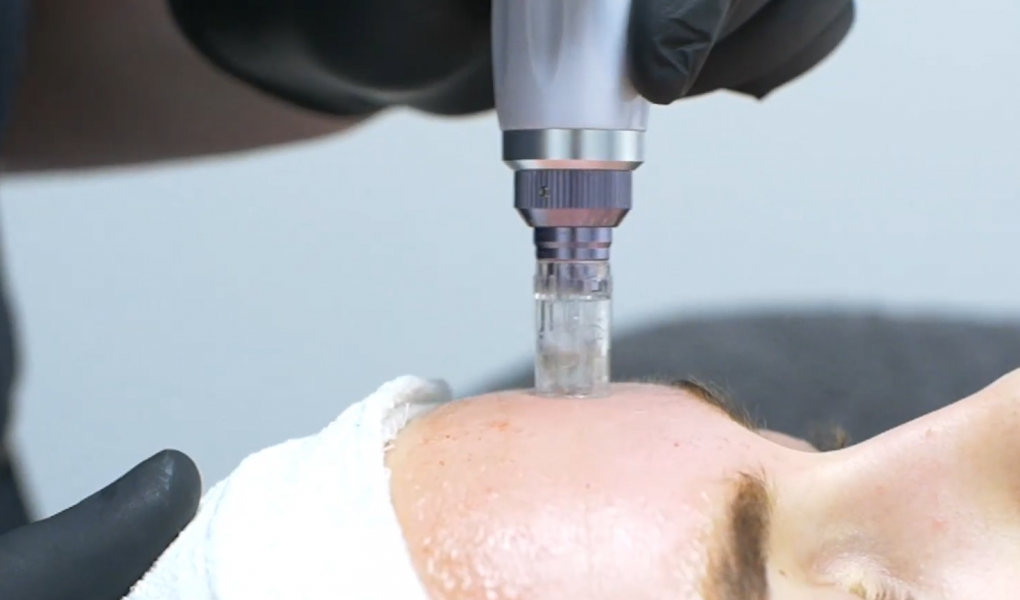Do you want to get the most out of your skin and feel more confident? Microneedling is a cosmetic procedure that helps regenerate collagen in the skin, making it feel firmer and look younger. Collagen production decreases with age, so this treatment will give you back what nature took away.
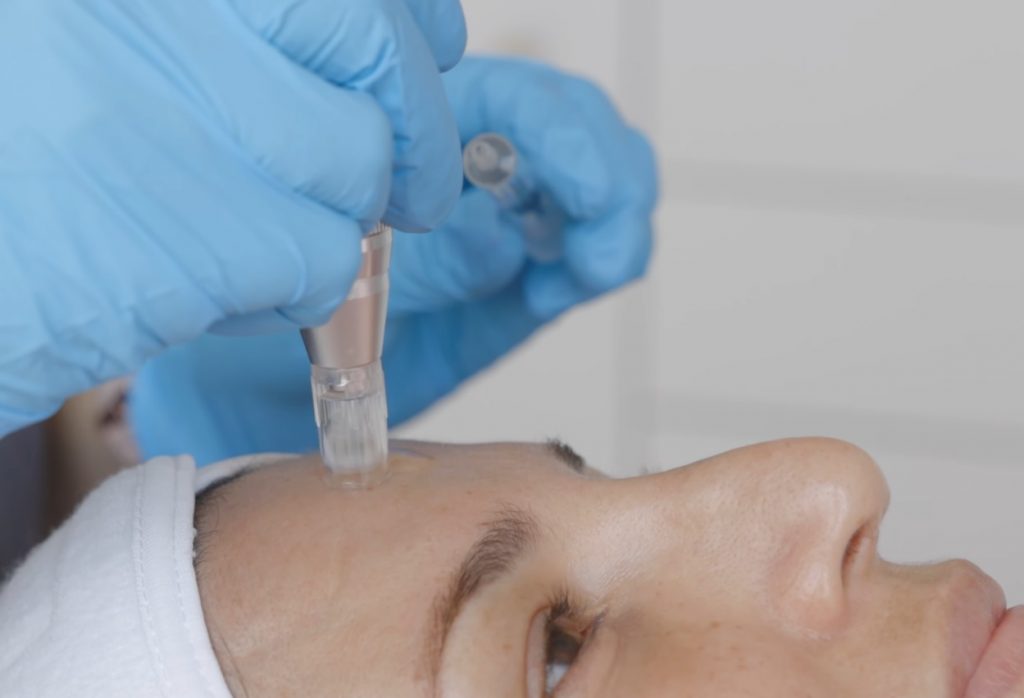
It also stimulates new blood flow to the area which rejuvenates tired-looking skin and reduces fine lines and wrinkles by plumping up thinning tissue under them. It’s no wonder micro needling has been called “The Fountain of Youth”.
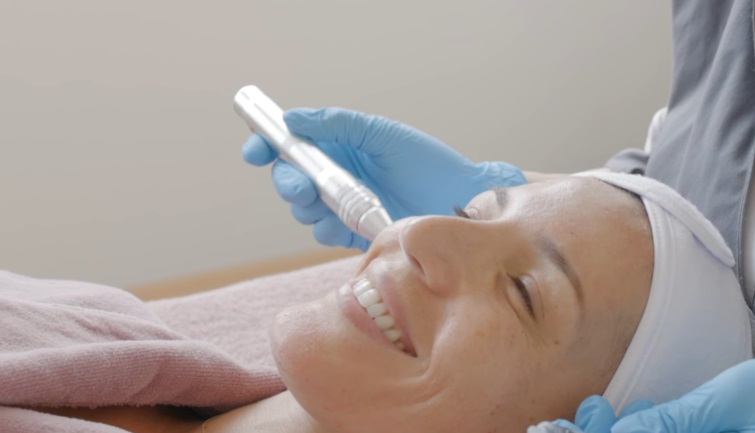
There are several different types of micro needling pens available on the market today. Сhoosing the right one for you can be confusing. In this article, we will discuss the benefits of dermapens and provide tips on how to choose the best microneedling pen for your needs.
What is microneedling?
Microneedling is a minimally invasive cosmetic procedure that helps rejuvenate and tighten skin by stimulating collagen production.
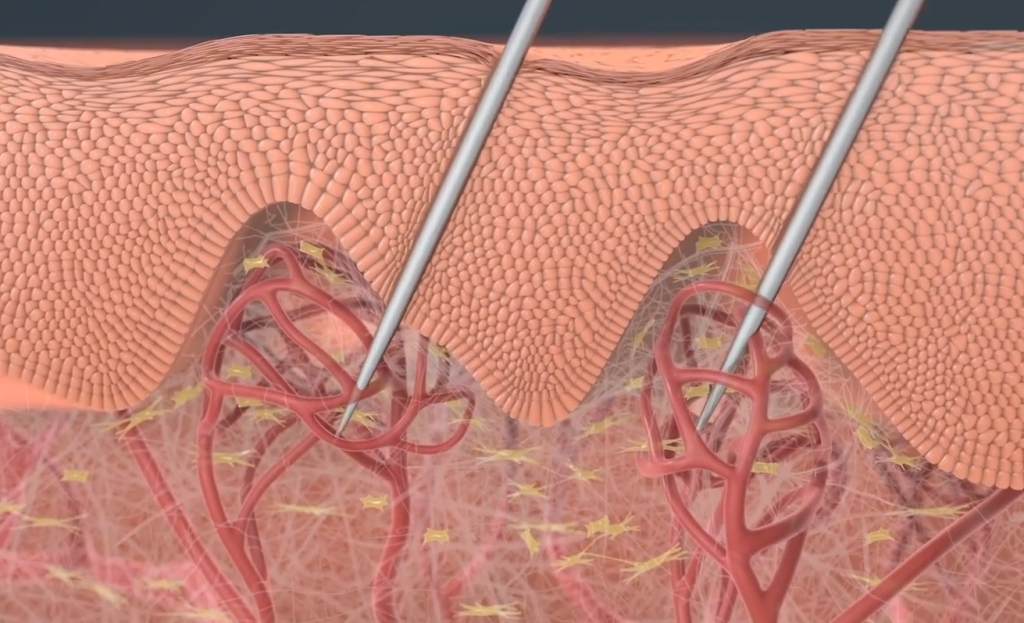
The effects of microneedling are highly effective in increasing the production of collagen and elastin. A 2008 study showed that four sessions conducted one month apart can produce up to 400% more than before treatment!
It’s been used to reverse signs of aging, treat scars (e.g., related to acne), discolorations, and stretch marks. By creating tiny punctures in the top layer of your skin with very fine needles, microneedling triggers your body’s natural healing response.
Another study in 2015 has shown microneedling to be a promising treatment for blotchy, brownish facial coloring. This is the same type of extra pigment that happens when our skin gets sun damage and it’s also known as hyperpigmentation.
How does micro needling work?
Microneedling is an effective way to improve the appearance of your skin because it triggers the body’s natural healing response. This process produces new collagen fibers – the building blocks of a healthy, youthful skin-resulting in a smoother complexion with minimal downtime.
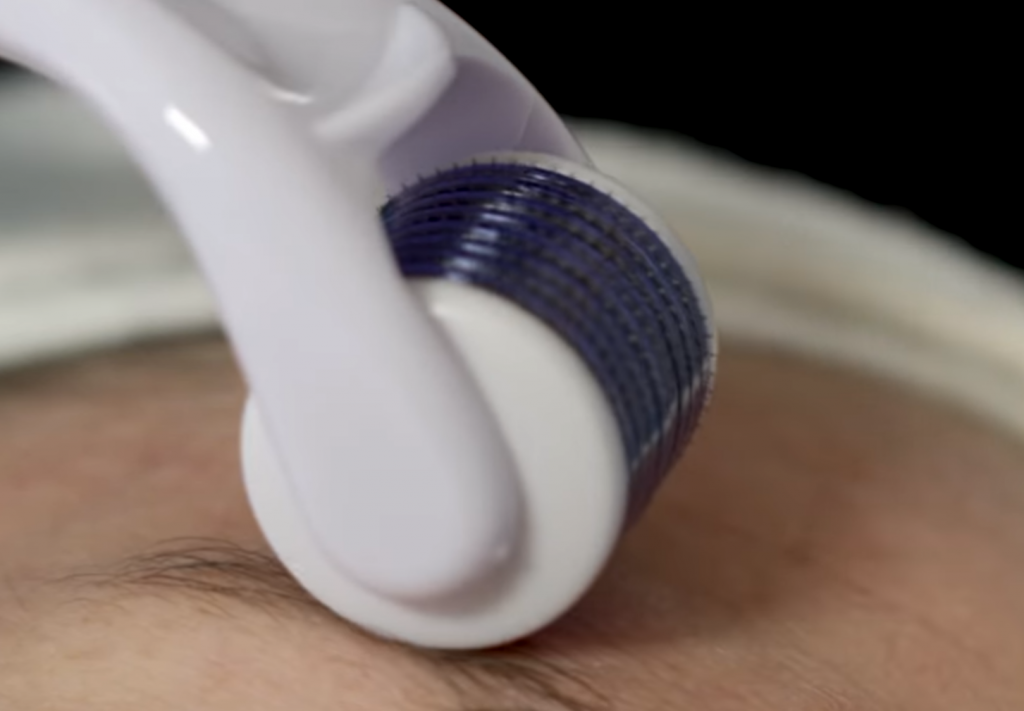
There are several different types of microneedling devices on the market, including dermapens, collagen induction therapy (CIT) pens, and dermorollers. All work by creating tiny punctures in the top layer of your skin, but they vary in terms of the size and number of needles used. Some devices also have vibrating tips that help increase the effectiveness of the treatment.
Which device you choose will depend on a variety of factors, such as your skin type and desired results. Generally speaking, those with sensitive skin should start with less aggressive treatment (e.g., derma pen) before moving up to more intensive ones like CIT pens or dermo rollers – but your dermatologist can advise you on which option will work best for your needs after performing an initial consultation.
Why should you consider using a dermapen to improve your skin’s appearance?
Dermal needling, also known as microneedling, is a minimally invasive skin treatment that can improve the appearance of your skin. Dermapens are one type of dermal needle roller that are available for home use. They are small and handheld, making them easy to use.
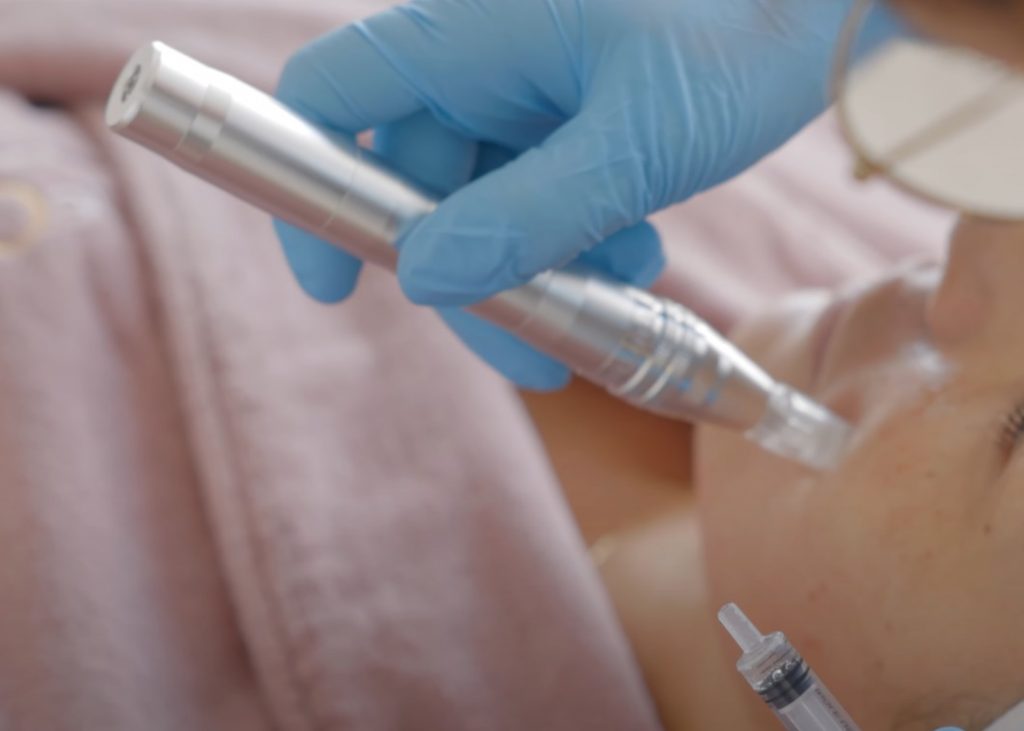
Dermal needling is an effective treatment for many skin conditions, including:
- Fine lines and wrinkles
- Acne scars
- Hyperpigmentation
- Stretch marks
- Sagging skin
There are several reasons why you should consider using a dermapen to improve the appearance of your skin:
- Dermal needling is an effective treatment for improving the appearance of fine lines and wrinkles, acne scars, hyperpigmentation, stretch marks, and sagging skin.
- It is an effective treatment for atrophic acne scars: acne caused by damage to your oil glands that can cause scarring on your skin. By using a dermapen to puncture your skin with small needles you are stimulating collagen production which can help to decrease the appearance of these deeper acne scars.
- Dermal needling is minimally invasive so it does not require any downtime after treatment. You may notice some redness immediately following treatment but this redness will fade within 20 minutes or so. There are also no reported side effects associated with microneedling treatments.
- A dermapen that is specifically designed for home use has been FDA approved.
- A dermapen can be safely used by just about anyone as long as it is done with care and caution.
- Dermal needling may produce results within 7 – 10 days of treatment – you will start to see less obvious signs of aging and your skin will appear more even-toned and radiant. Dermapens come in a variety of needle sizes (0.25mm, 0.5mm or 1mm). They also come with electric or manual models. Some people prefer the electric version because they find that your skin absorbs the product slightly better, but both types can yield successful results if they are used correctly.
Dermapen or Dermaroller?
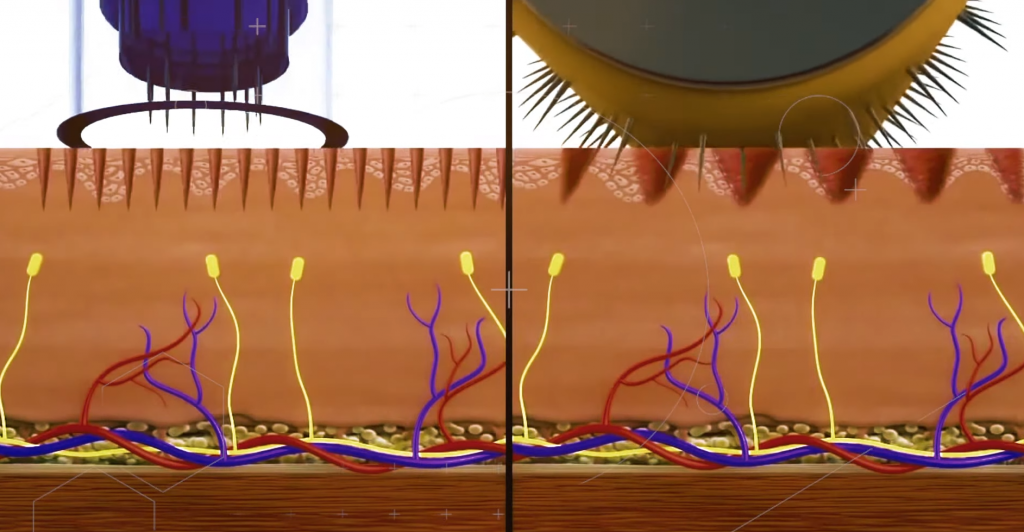
There are a few different types of derma pens on the market, so it can be a little confusing when trying to decide which one is best for you. Here is a breakdown of the three most common types:
- Dermaroller: This type has a cylindrical barrel with microneedles that roll across the skin. They can come in different sizes, but the most common size is 3mm.
- Dermapen: This type has a pen-like design and is the most popular type of dermapen. It has a fixed needle length of 0.5mm-2.5mm, which makes it perfect for precision microneedling.
- Microneedling pen: This type is the most recent innovation in microneedling technology. It has a vibrating needle that oscillates back and forth, which makes it less painful and more efficient than other types of dermapens.
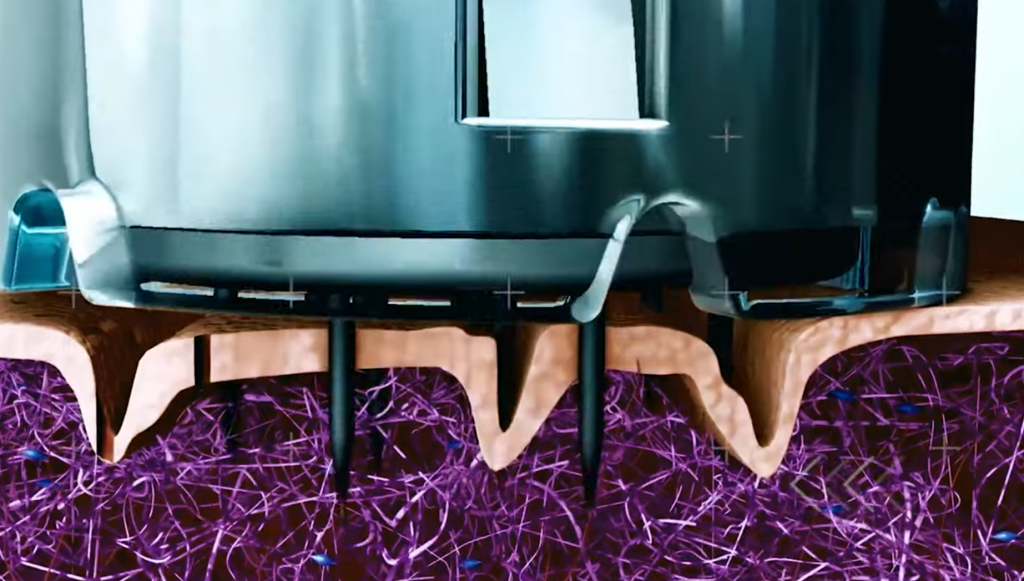
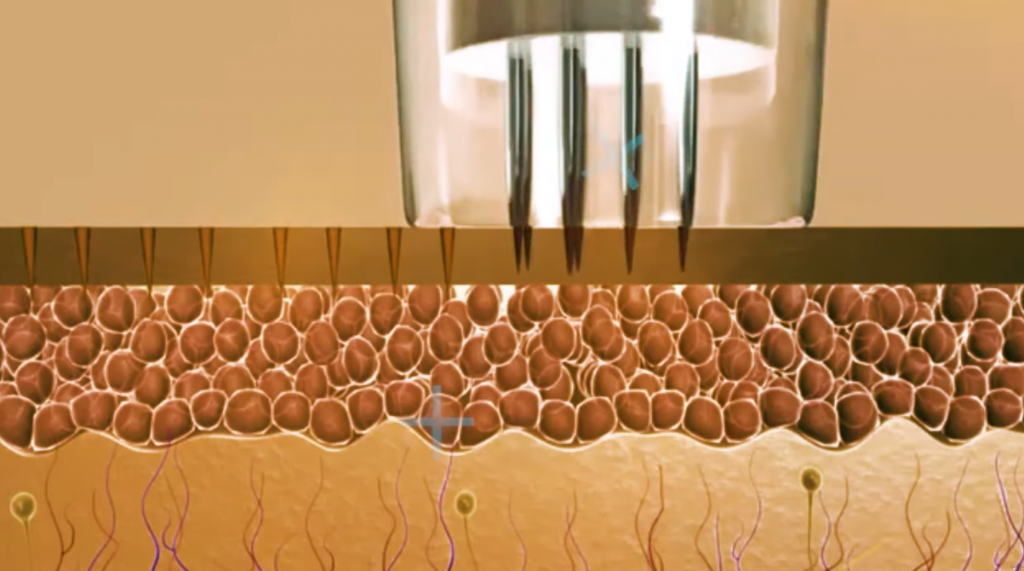
Tips on how to use a dermapen properly and safely
Prepare your skin
When using a dermapen, you must take the time to properly prepare your skin. This includes washing and drying your skin thoroughly, and then applying a thin layer of serum or oil. You should then wait for the serum or oil to be absorbed before beginning the microneedling process.
It is also important to use a gentle motion when using the dermapen, and to avoid pressing too hard or going over the same area more than once. You should also avoid using the dermapen on irritated or broken skin.
Caffeine and treatment frequency
For best microneedling results, you should microneedle your skin no more than once a week. You should also avoid drinking caffeine before doing so as it can increase the blood flow to your face and make the procedure slightly less effective.
Caffeine is a vasoconstrictor meaning it will restrict/reduce blood flow from anywhere on your body, including your face making the process less effective.
Aftercare
Microneedling is designed to help exfoliate and renew the skin’s surface and stimulate collagen growth (which gives rise to healthier and younger-looking skin) and elastin production (which reinforces existing collagen). It is great for treating fine lines and wrinkles around the eyes, mouth, and forehead as well as scarring, stretch marks, sun damage, and enlarged pores.
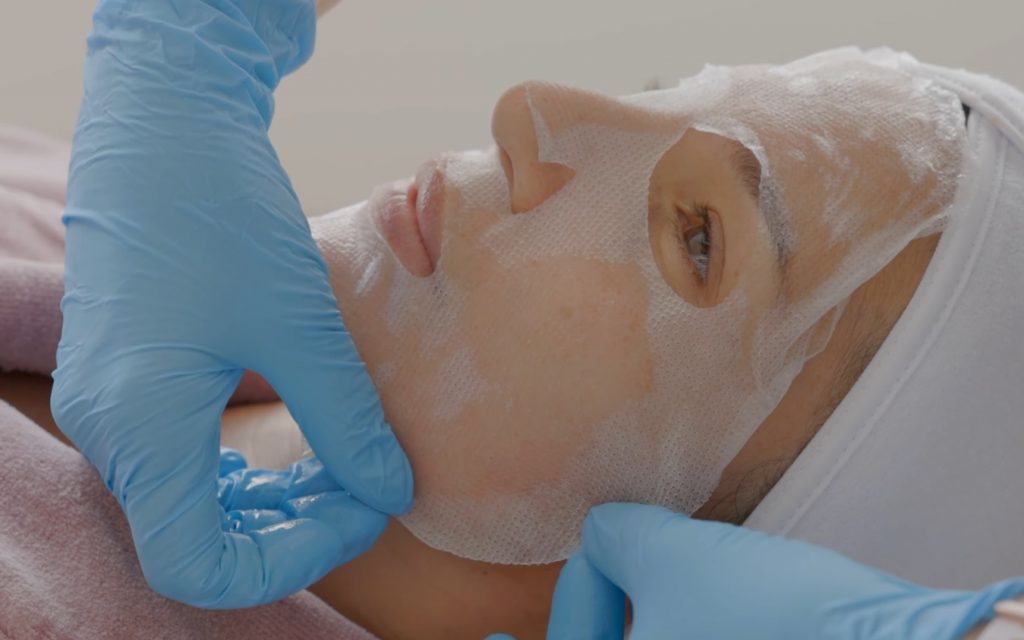
After microneedling, you should apply a good-quality moisturizer to reduce the risk of skin drying out after treatment. You should also use an SPF sunscreen to protect your skin from harmful UV rays that can cause further sun damage.
DO NOT TRY microneedling at home
Microneedling can be done safely in the doctor’s office or spa setting by trained professionals who know what they are doing. If you try it yourself at home with no medical training, there is a risk of permanent scarring and even blindness if you accidentally poke yourself in the eye with the dermapen needle! It is important to speak with your doctor about whether microneedling is right for you.
Choosing microneedling specialists
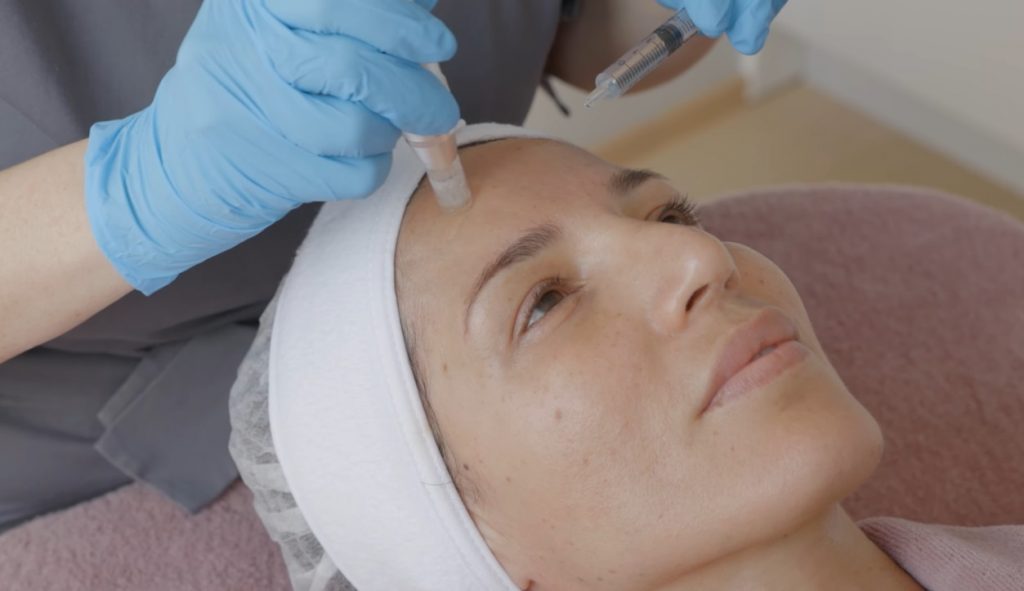
Be careful where you choose to do this treatment, as not all specialists are equally skilled. You should always ask to see photos of their work before committing yourself to any microneedling treatment. A good practitioner will be able to show you lots of before and after photos of previous clients, who should resemble you physically (ie same size, shape and skin type). They should also have a license from the state they practice in and will follow a strict sterilization process with new needles each time they use them. If you feel that your provider does not take the appropriate precautions or is not up-front about what they charge for their services then it may be best not to go ahead with the procedure as complications can arise which can be expensive to treat.
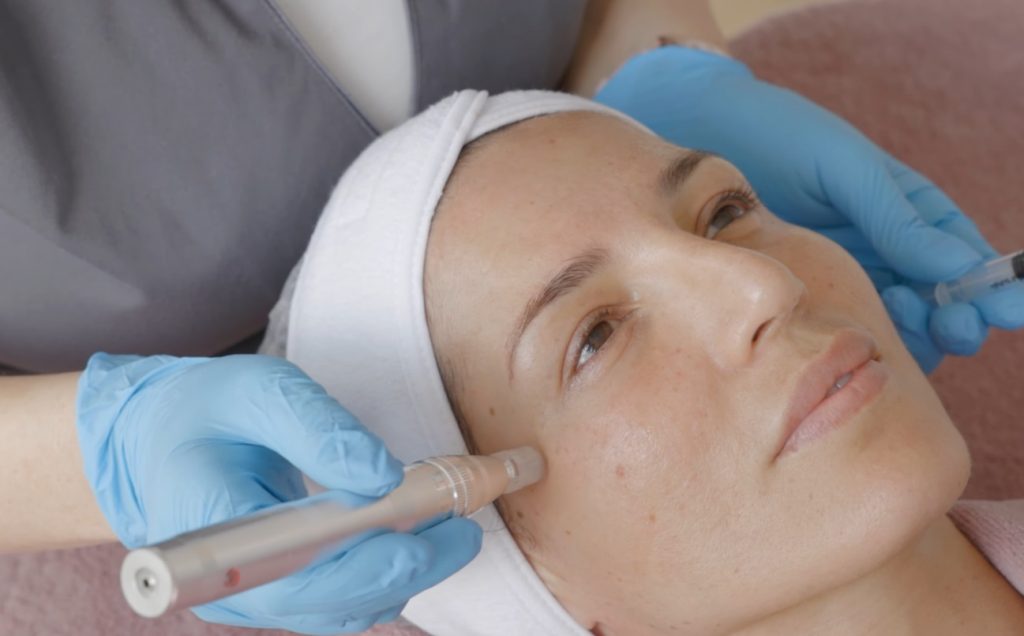
You can find a licensed microneedling specialist in your area by asking family and friends for recommendations, or searching on Google for dermal rollers in [YOUR CITY]. You may also want to look into whether there are any medical spas in your area which offer discounted group rates if you would like treatment from multiple providers at the same time.
Common side effects of microneedling and tips on how to avoid them
Microneedling is a minimally invasive cosmetic procedure that involves the use of a microneedling pen or roller to create tiny punctures in the skin. While the procedure is generally safe, some potential side effects can occur.
The most common side effect of microneedling is bleeding. This can be minimized by avoiding topical products that contain retinoids or alpha hydroxy acids before the procedure. Other potential side effects include infection, scarring, and pigment changes.
To avoid these side effects, it is important to follow the pre- and post-procedure instructions provided by your doctor. Make sure to avoid sun exposure after the procedure, and use a sunscreen with an SPF of at least 30 if you do go out.
Conclusion
Microneedling is a minimally invasive cosmetic procedure that involves the use of a pen-like device with tiny needles to create controlled micro injuries on the skin. These micro injuries stimulate the body’s natural healing response, which in turn produces more collagen and elastin.
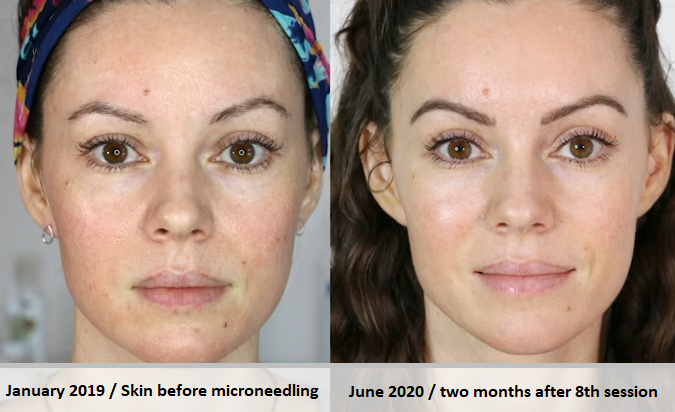
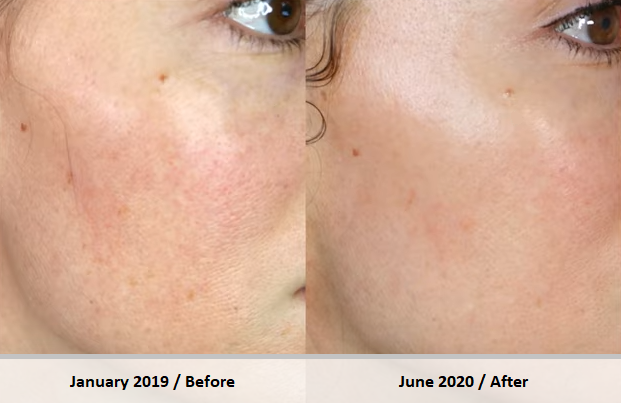
As we age, our bodies produce less and less collagen, which is responsible for keeping our skin looking youthful and radiant. Microneedling can help to replace lost collagen, resulting in firmer, smoother, and more evenly toned skin.
